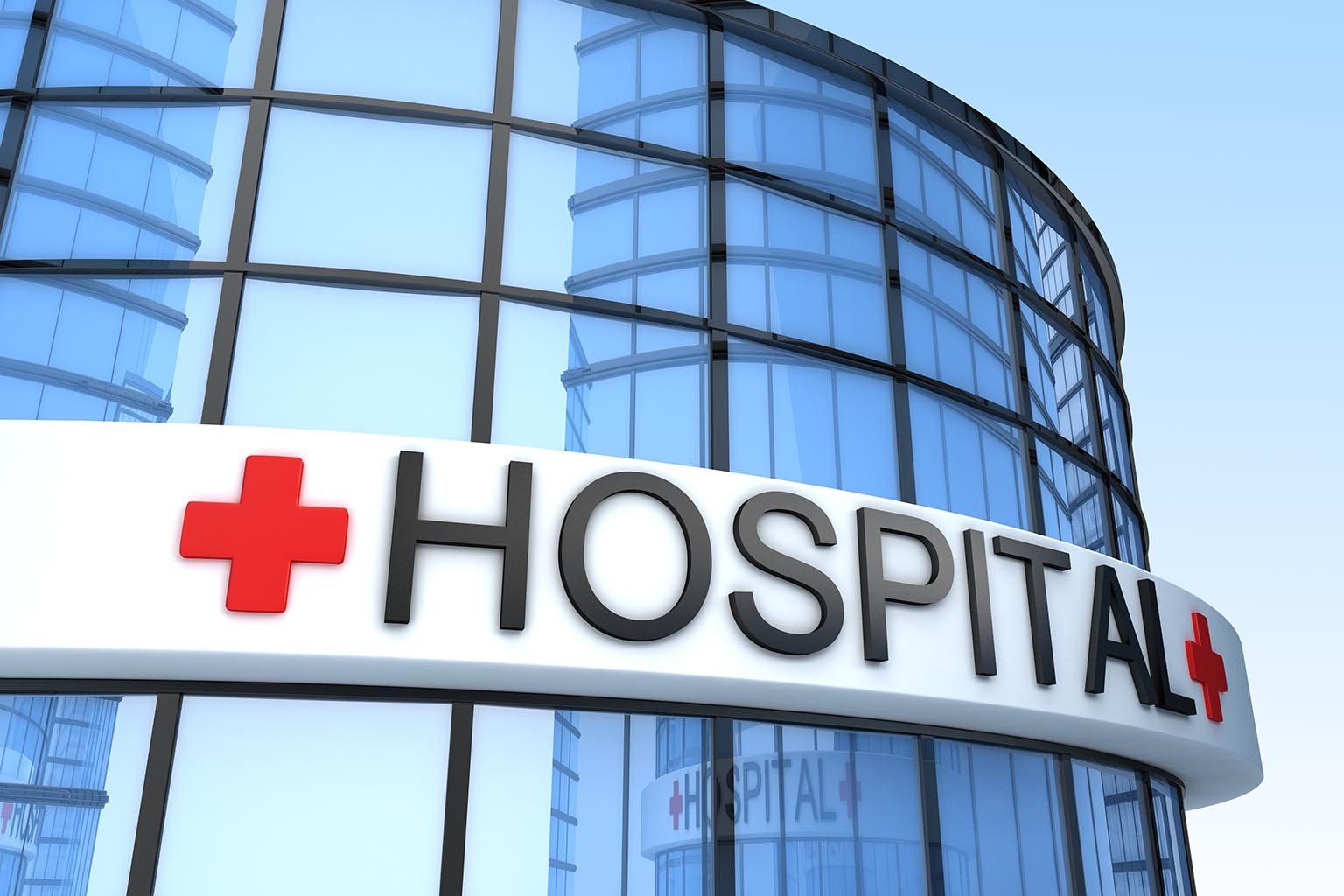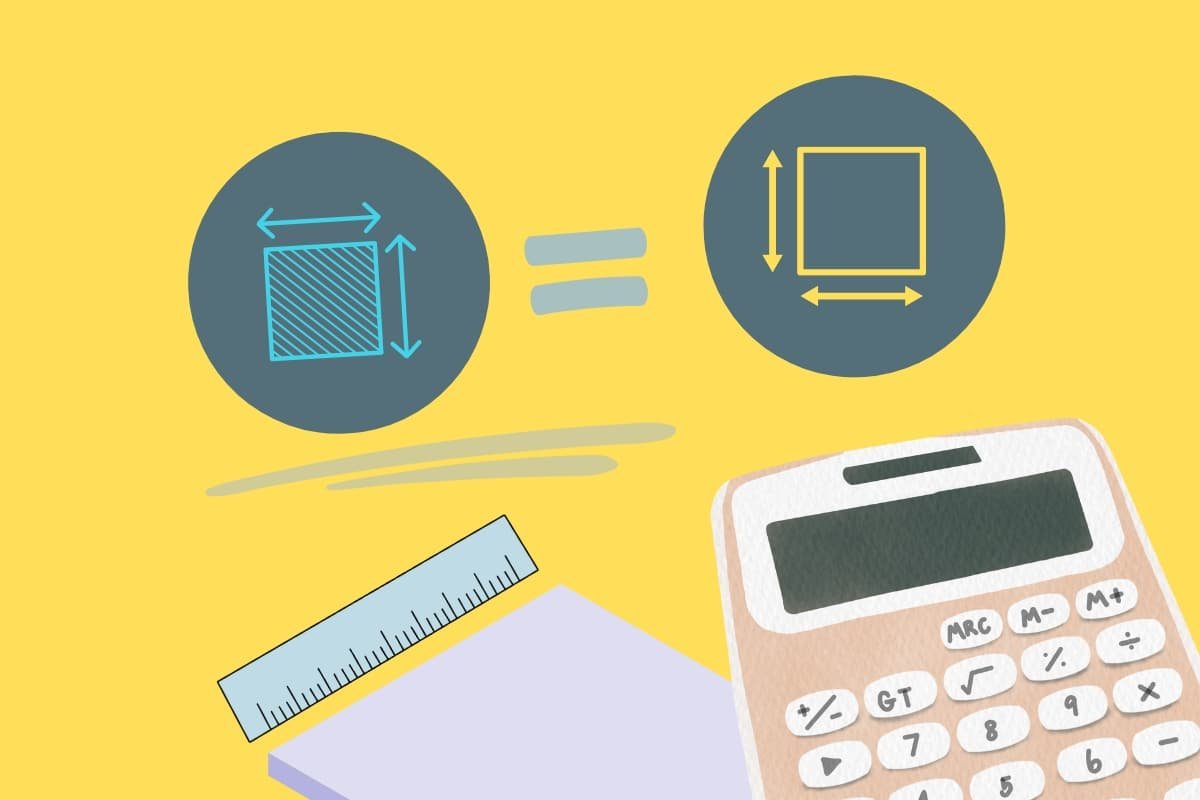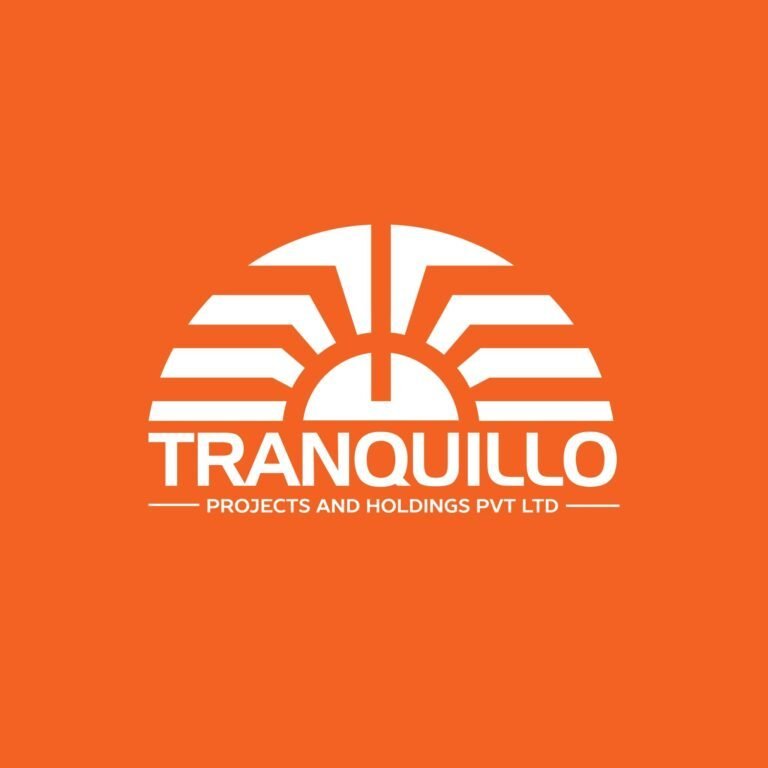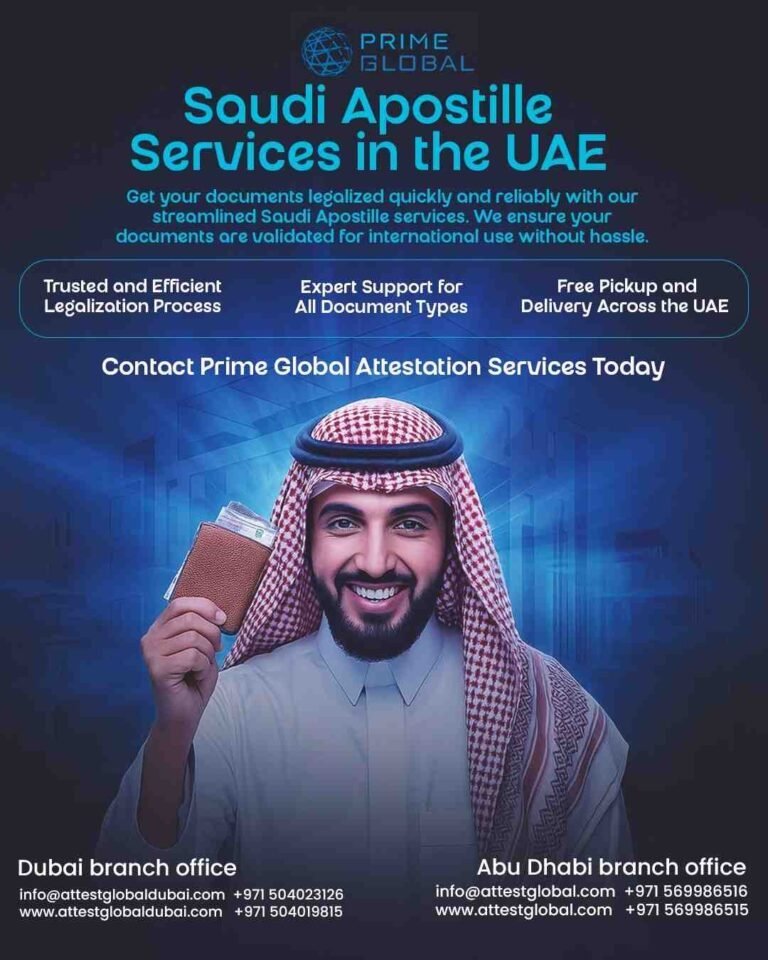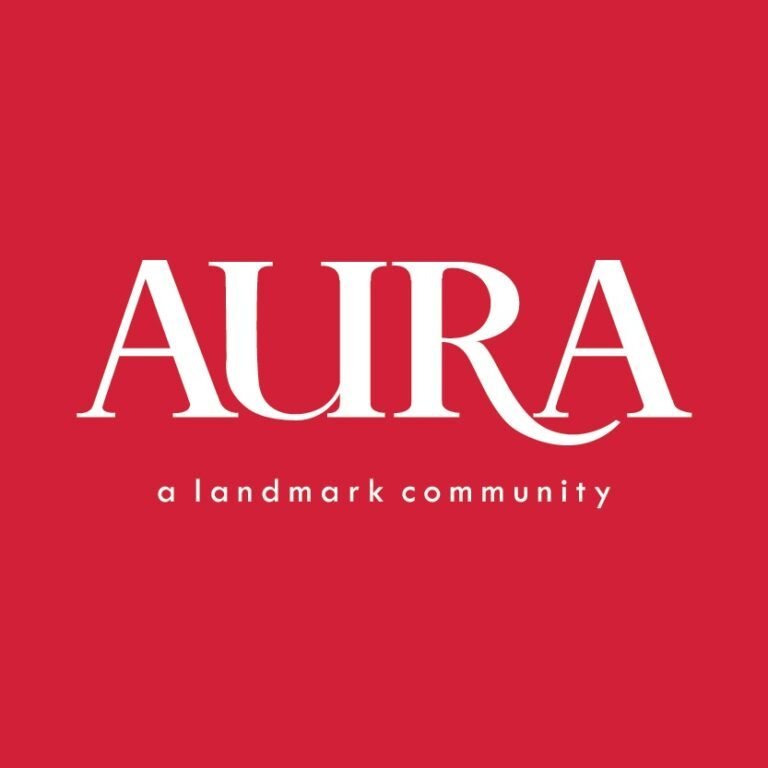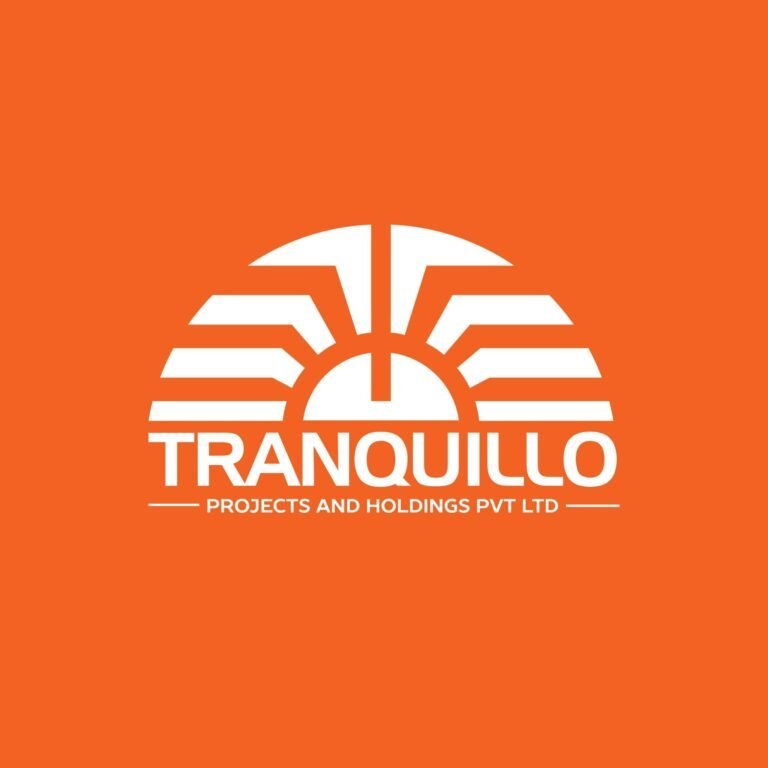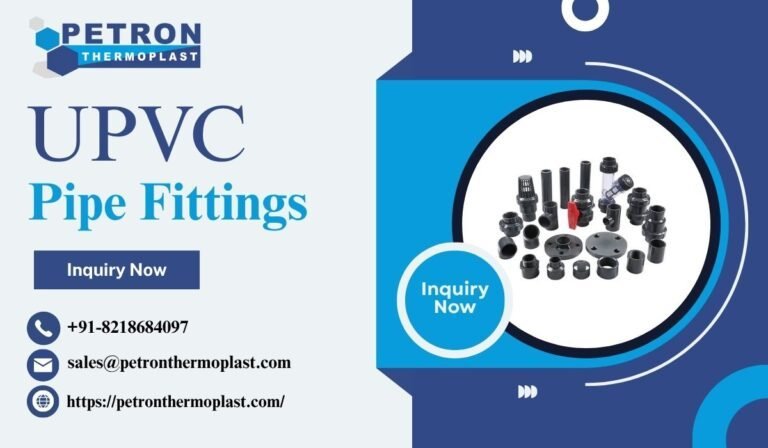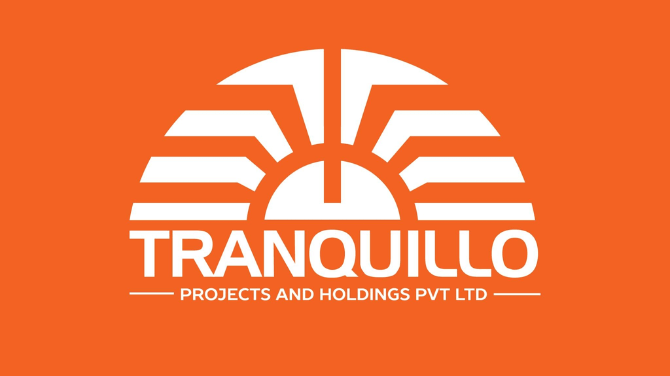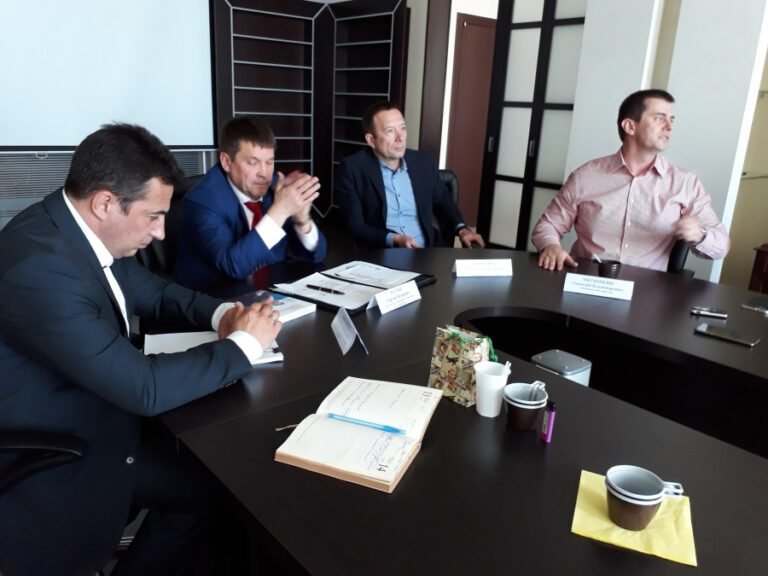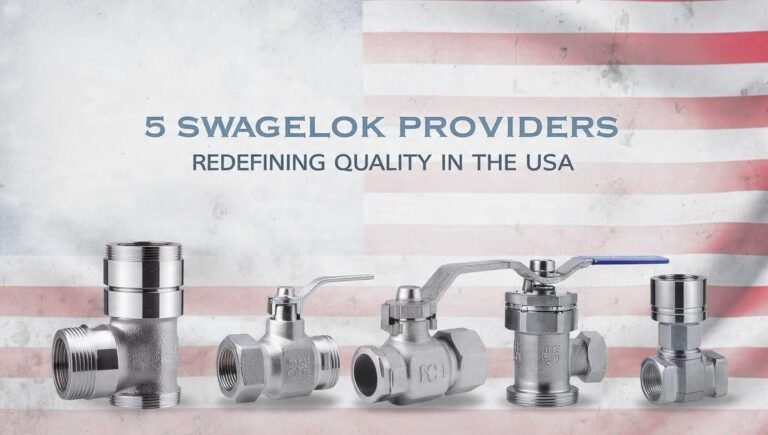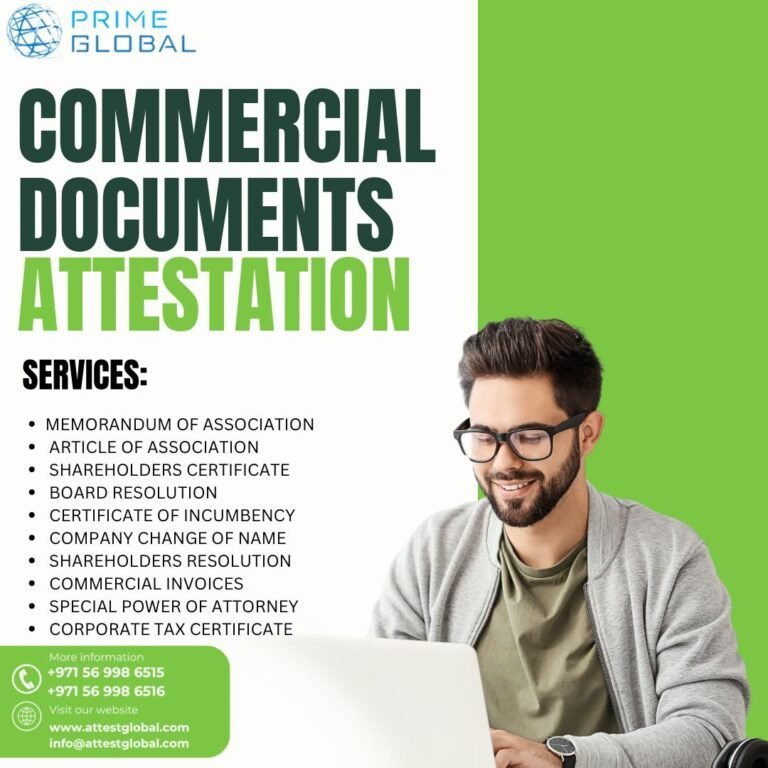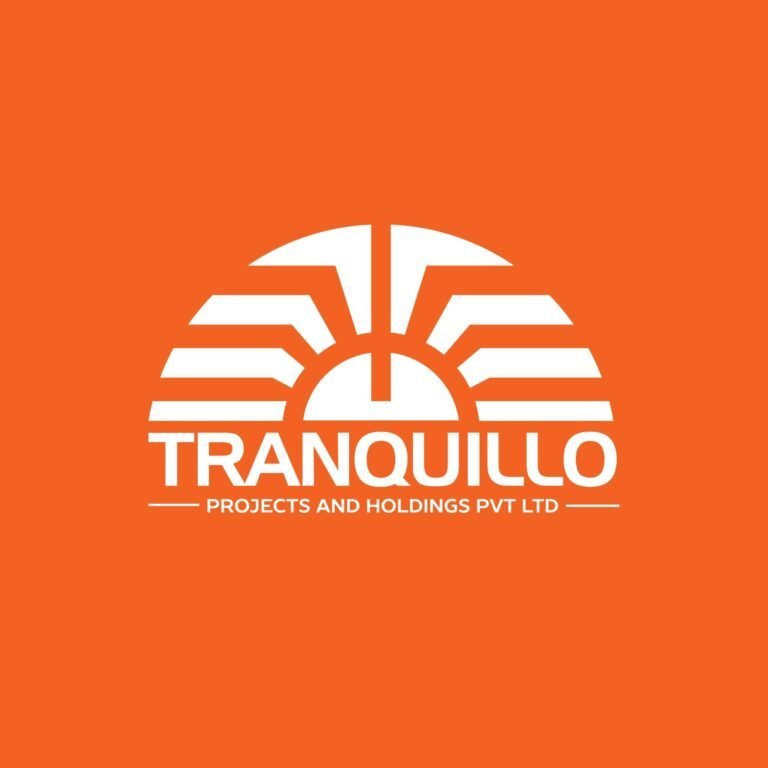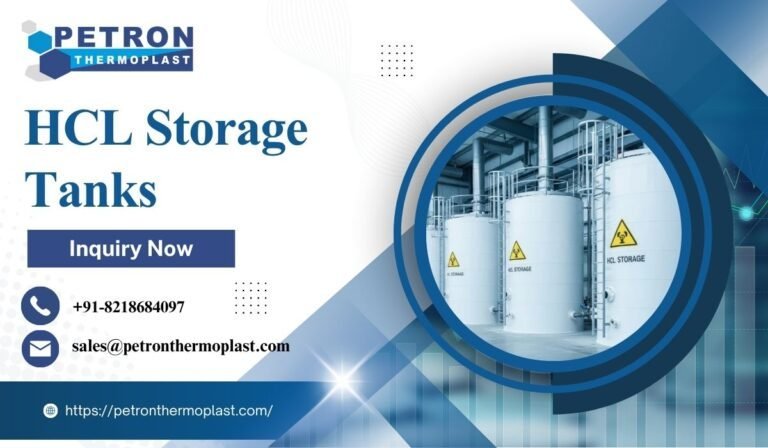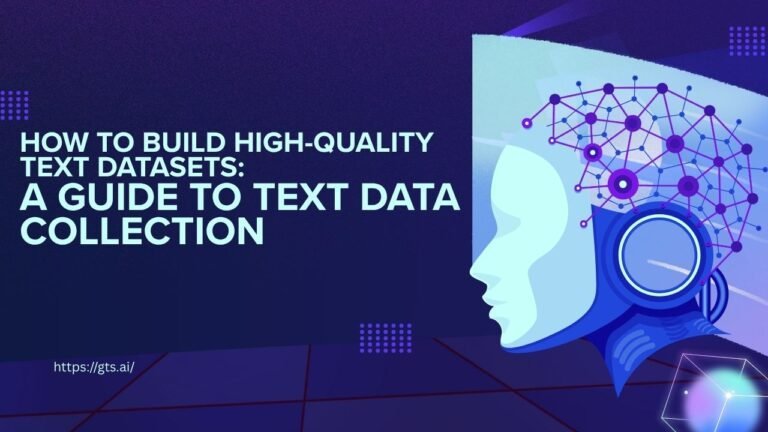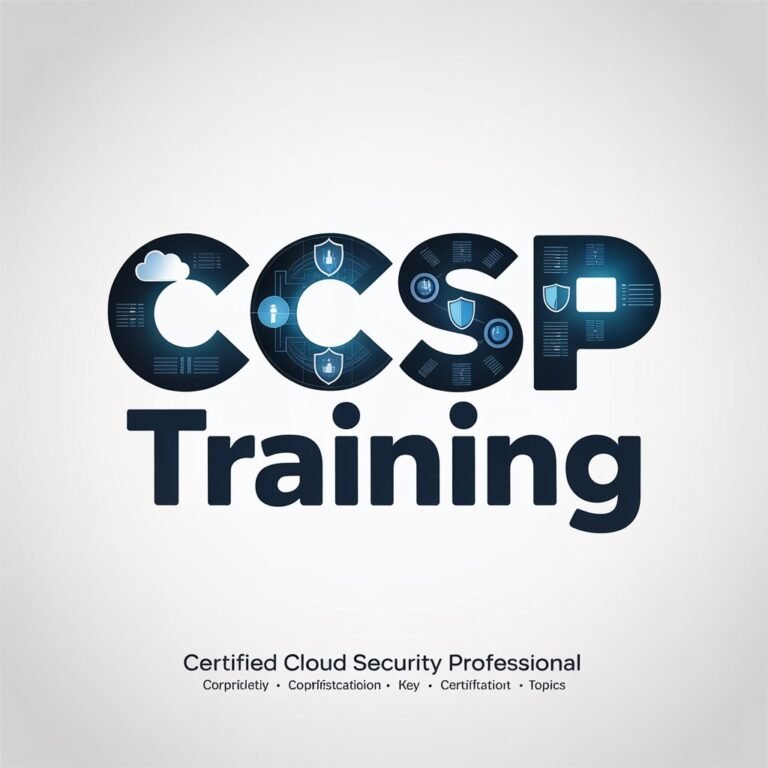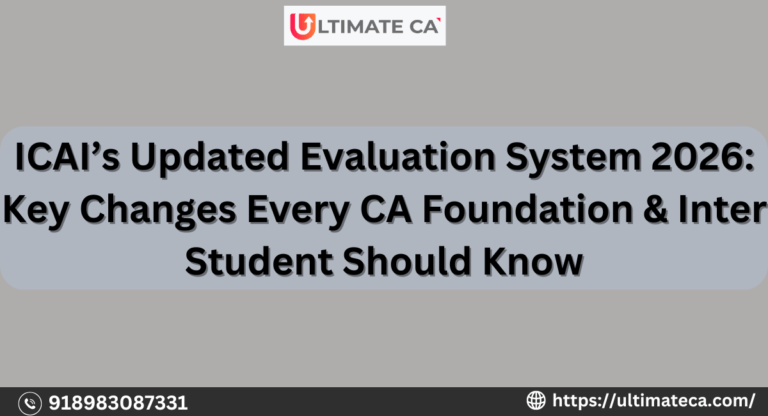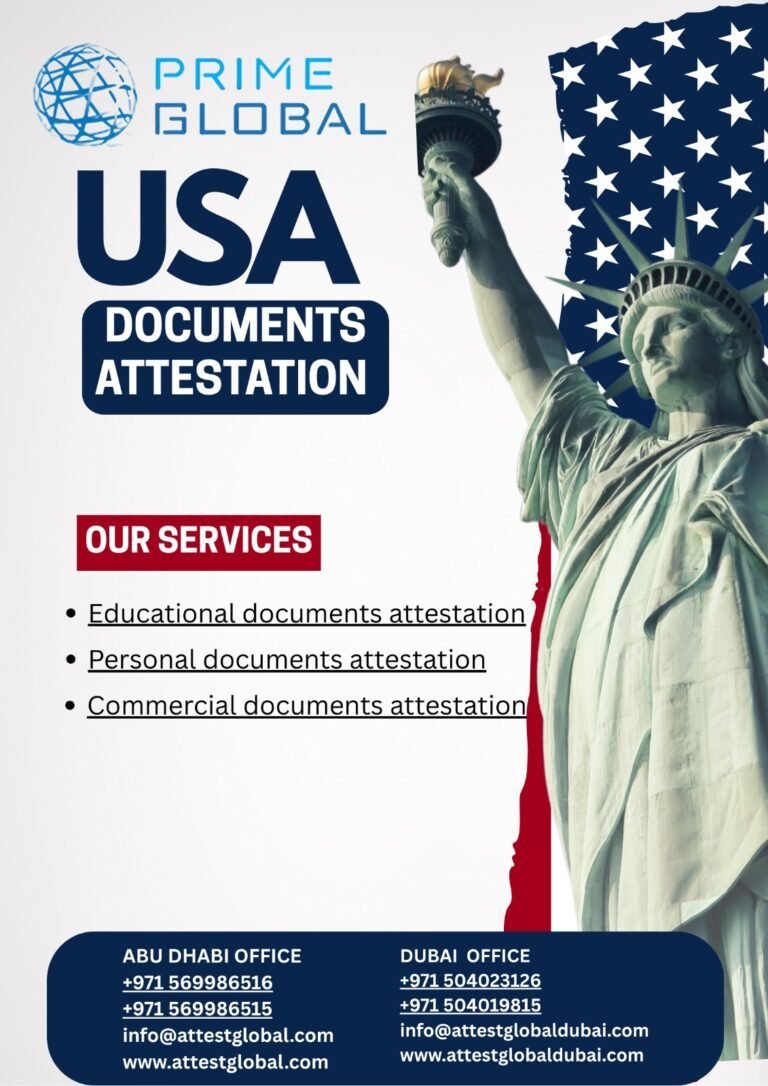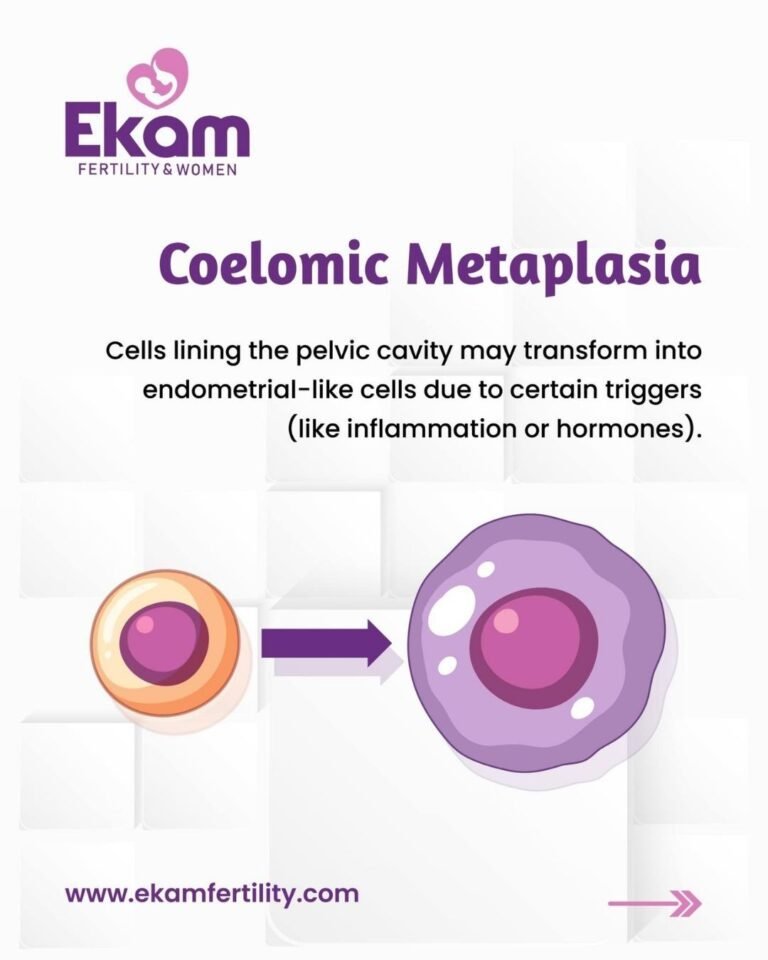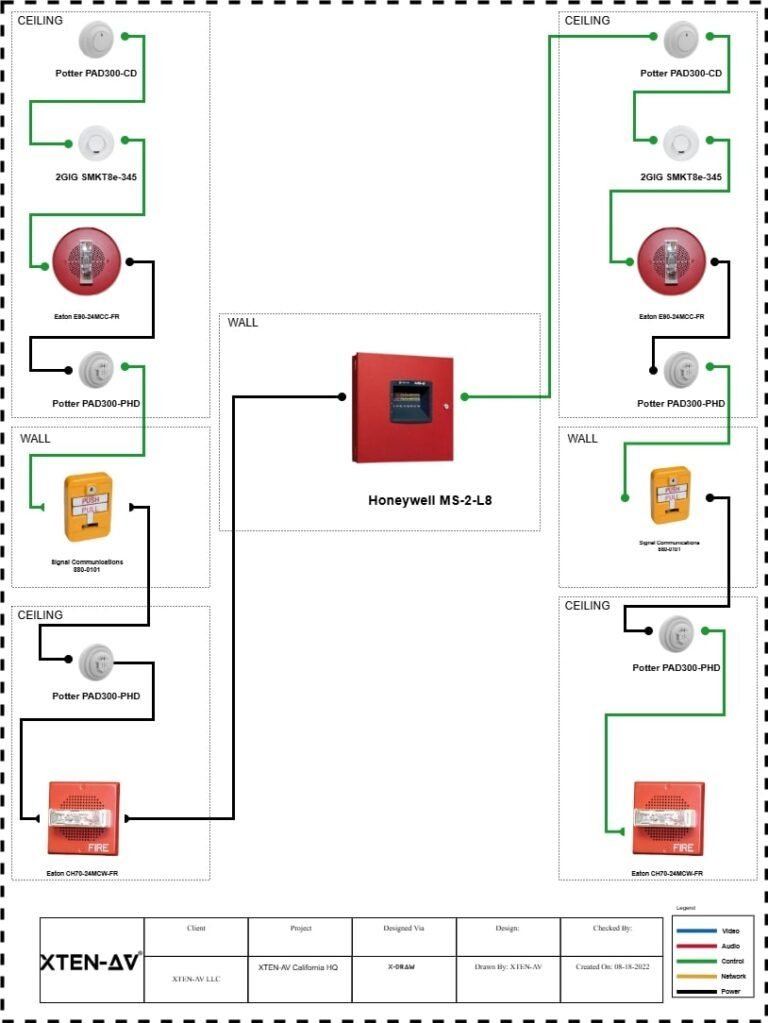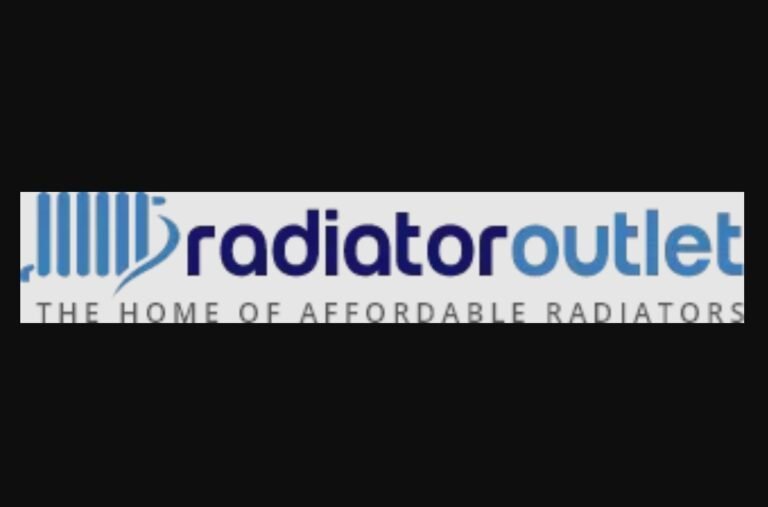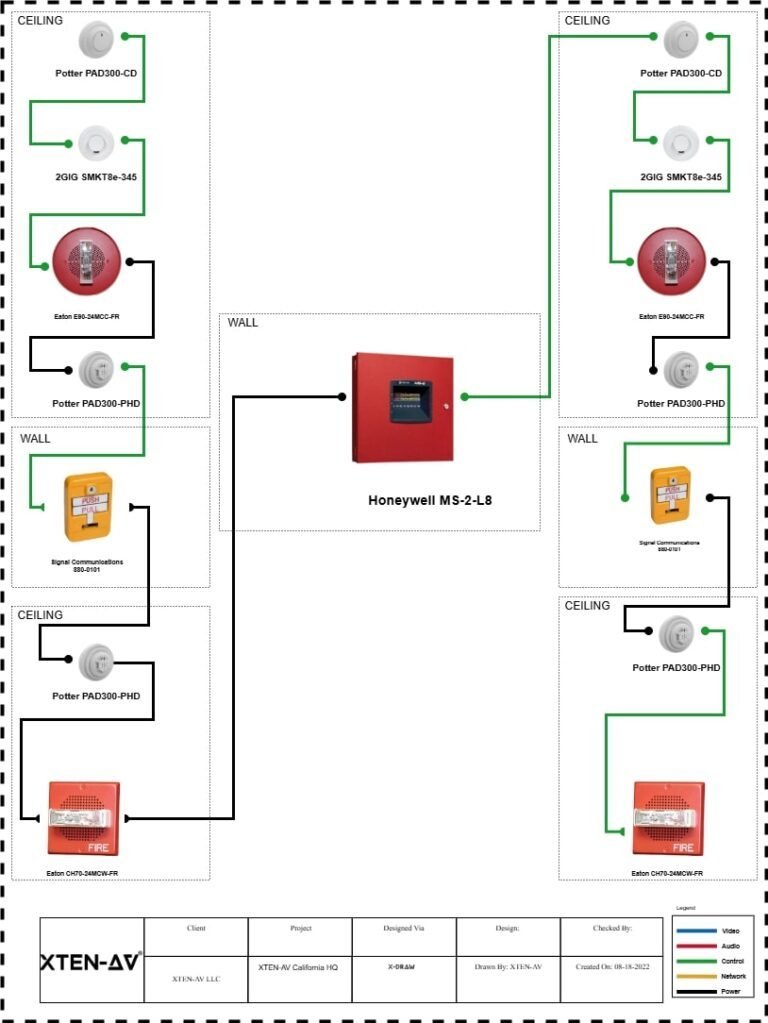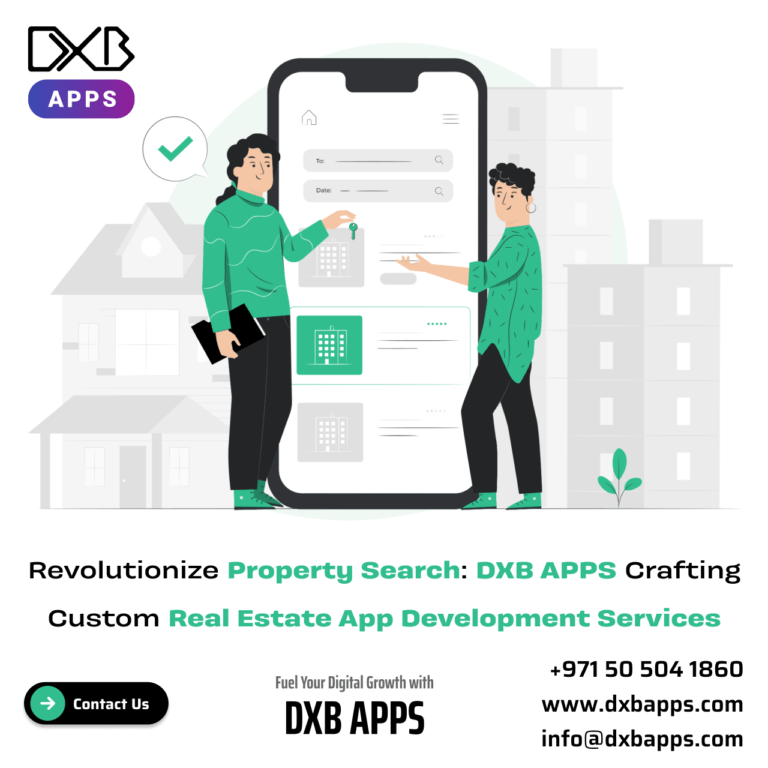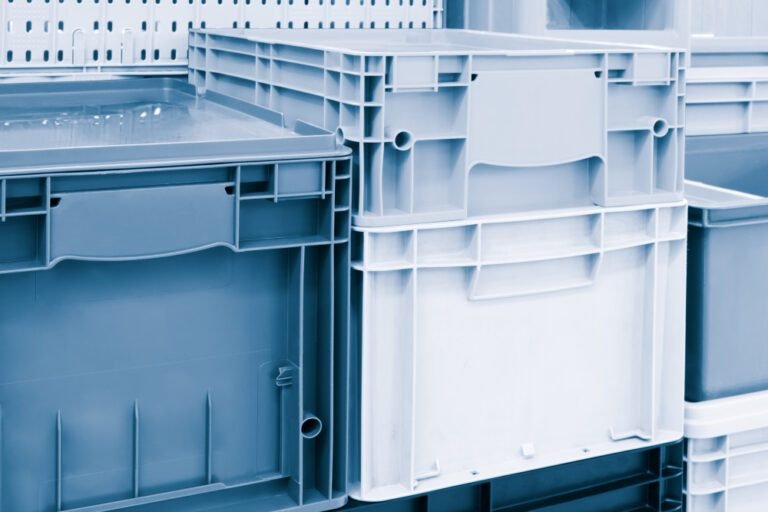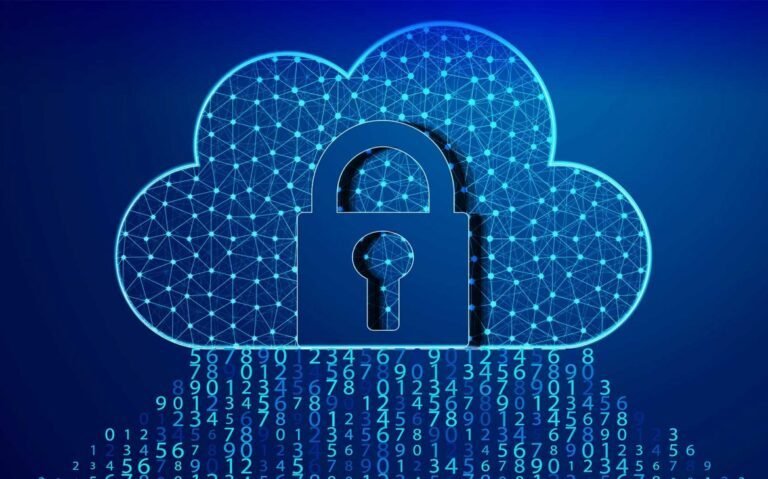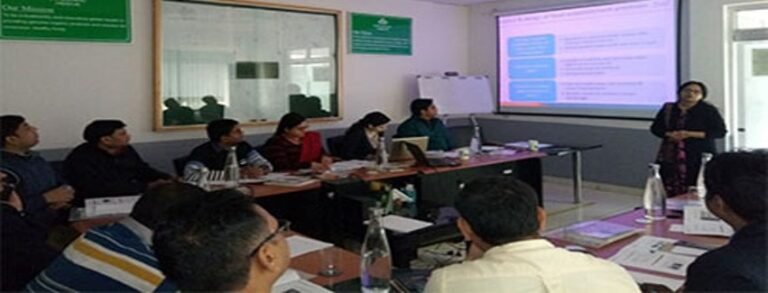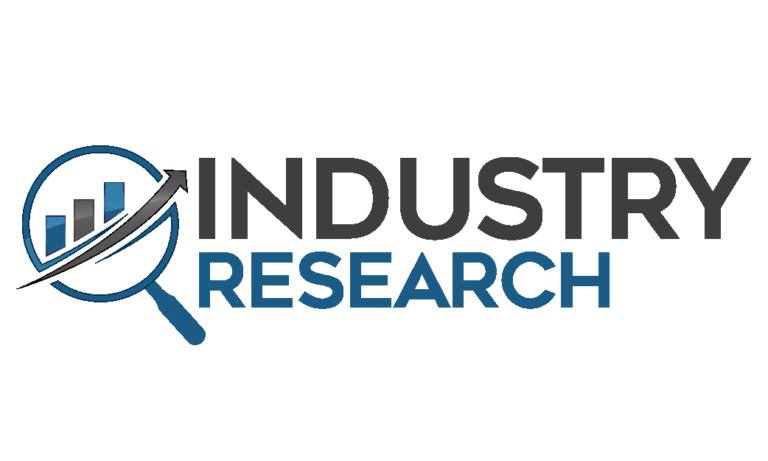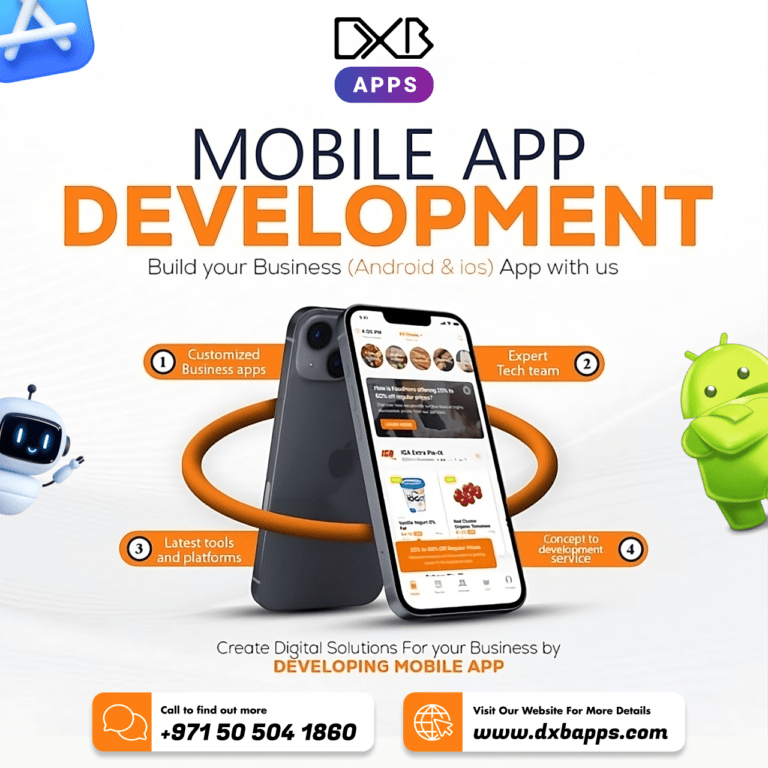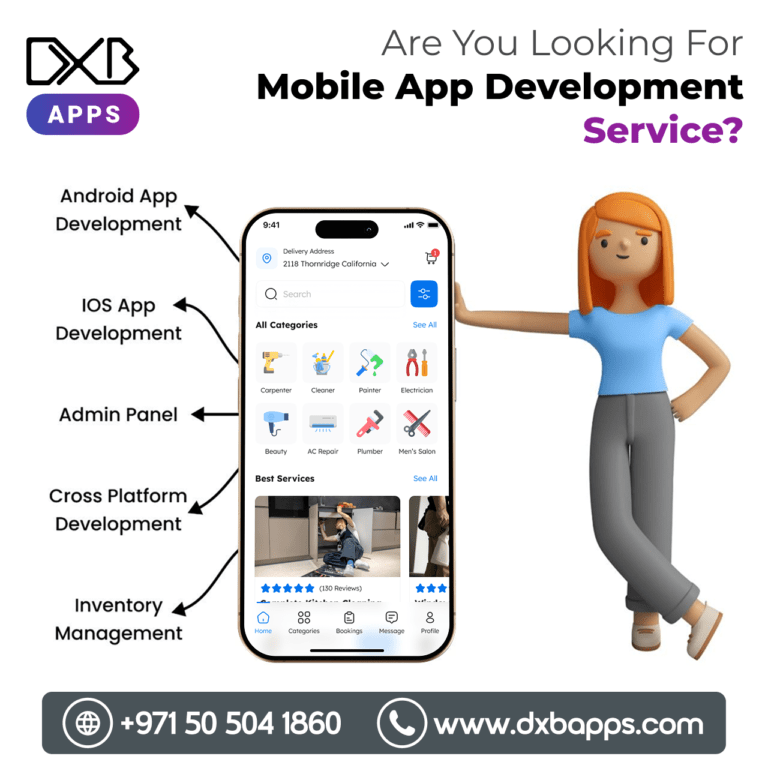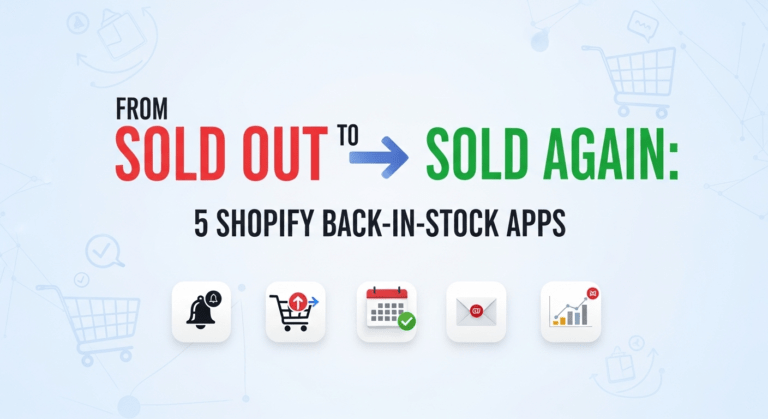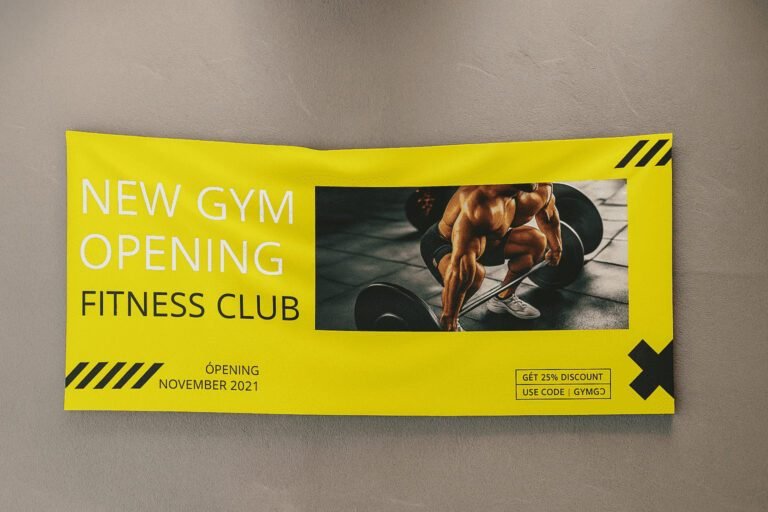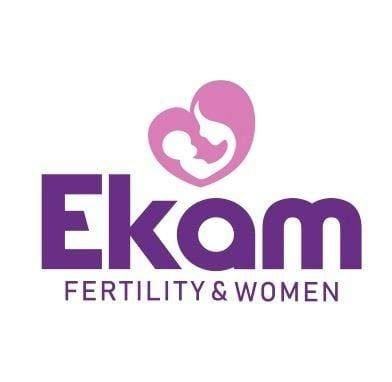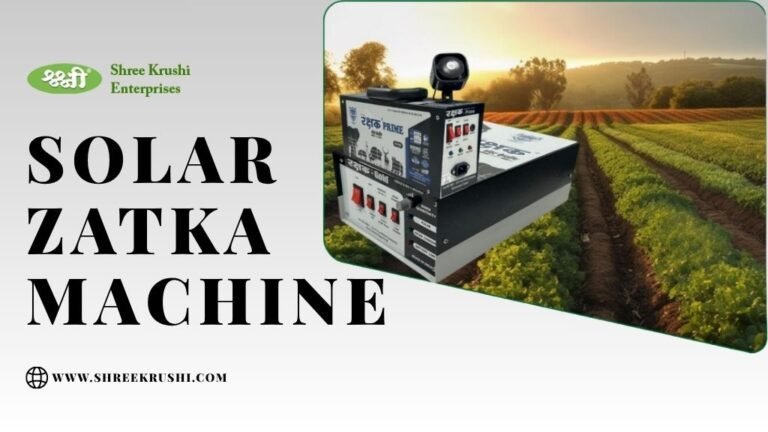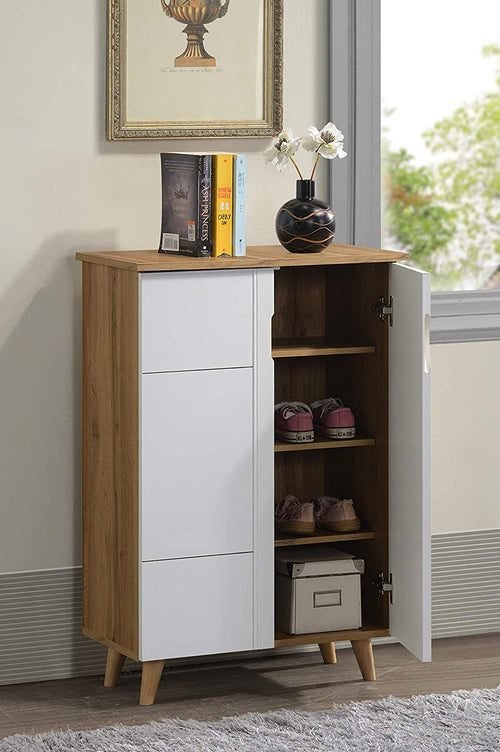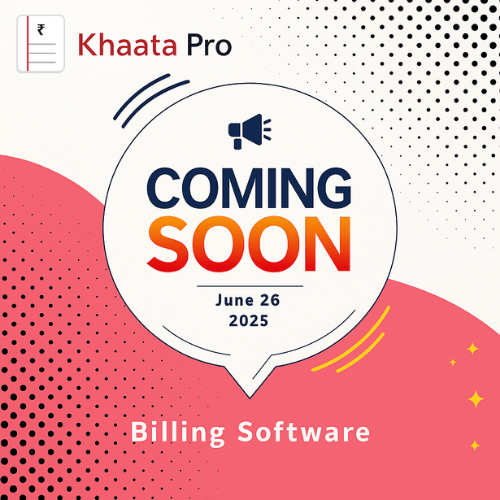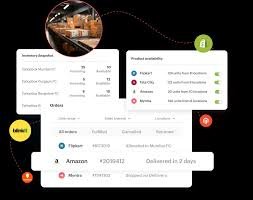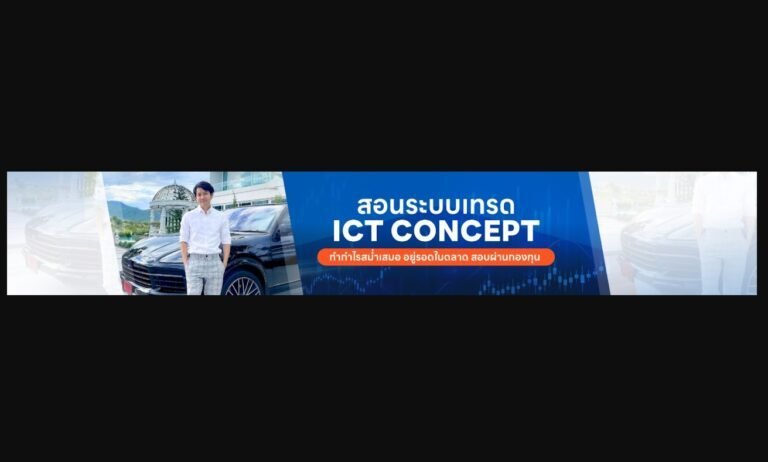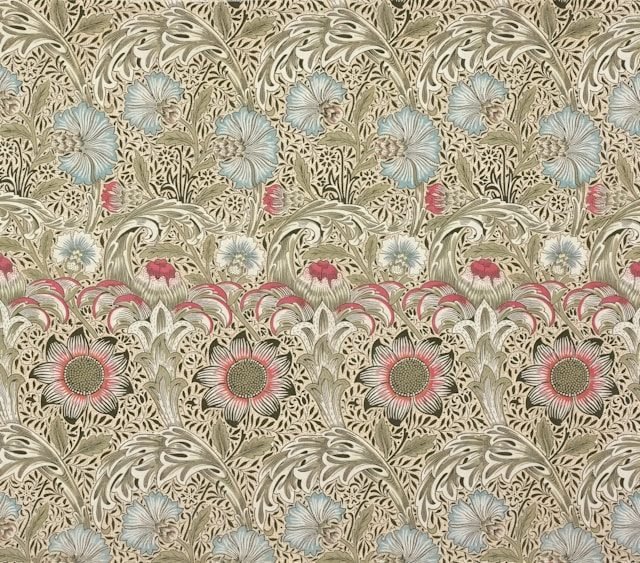In a hospital, every department relies on precision, speed, and readiness. While clinicians deliver patient care, the facility operations team quietly ensures everything else runs smoothly—air systems, electrical panels, water lines, elevators, and countless mechanical systems that support life-saving work.
To manage these complex environments, many healthcare organizations have turned to healthcare facility management software. These tools help organize assets, track maintenance, and support regulatory compliance. But even with software in place, a common problem persists: facility teams often can’t access critical information when they need it most—especially in emergencies or while working in the field.
That’s where enhanced access tools come in. Rather than replacing your current platform, these additions improve your existing healthcare facilities management software by making data faster to find, easier to update, and usable from anywhere.
Why Access Delays Undermine Operational Readiness
Imagine a hospital technician is called to address a leak near the maternity ward. When they arrive, they realize they don’t know where the shut-off valve is. They need a schematic or floor plan to locate it—but it’s stored in a binder across the building or a digital folder that requires a desktop login.
Precious minutes are lost.
These delays aren’t uncommon. Hospitals generate massive amounts of documentation over time—floor plans, O&M manuals, compliance logs, service records—but retrieving this data is often difficult. It may be scattered, siloed, outdated, or not available on mobile devices.
When access is slow or incomplete, even the best healthcare facility management software becomes less effective. Facilities teams need more than data—they need immediate access to it, wherever they are.
Emergency Response: The Ultimate Test
If a natural gas alarm goes off or a power outage hits an ICU, how quickly can your facilities team respond? That answer depends on whether they can find critical building data in seconds—or whether they’re searching through binders and static systems.
In any emergency, every delay increases risk. Patients may need to be evacuated. Sensitive equipment may fail. Without clear and accessible procedures, even small events can escalate quickly.
Stronger emergency management for hospitals requires real-time visibility into:
Emergency exit maps and routes
Utility shut-off locations
Fire panel layouts and zones
Emergency contact protocols
Refuge rooms and isolation zones
Enhancing your FM tools with mobile-friendly access to this information can significantly improve emergency preparedness for hospitals, helping facilities teams act fast and keep everyone safe.
Routine Maintenance Is Anything But Routine
Hospitals are some of the most heavily used facilities in any industry. HVAC systems must meet air pressure standards in operating rooms. Backup generators must be tested regularly. Elevators need servicing to comply with safety codes.
Facility teams conduct dozens of maintenance tasks daily—and each one requires quick access to asset histories, manuals, and prior work logs. When that information is only available back at a workstation, the workflow slows dramatically.
With mobile access added to your existing healthcare facilities management software, teams can:
Scan equipment QR codes to pull up records instantly
Access O&M manuals from a phone or tablet
Log maintenance tasks in real time
Retrieve past service histories while on-site
These small changes create big efficiency gains, reducing delays and helping staff complete more work with fewer interruptions.
Compliance Becomes Part of the Daily Workflow
Preparing for audits doesn’t have to be a fire drill. Compliance standards—from The Joint Commission to OSHA—require hospitals to maintain detailed records of inspections, repairs, and system performance. Unfortunately, tracking this documentation is often fragmented.
Many facility managers still use spreadsheets, paper checklists, or disconnected software to track inspections. This makes compliance time-consuming, and the risk of errors or omissions increases.
Enhanced digital access allows compliance tasks to be performed and documented at the source. Your team can:
Complete inspection checklists digitally
Attach photos or notes to individual assets
Automatically store updates in your FM system
Quickly retrieve documentation during inspections
By integrating these tools with your healthcare facility management software, compliance becomes an ongoing process—not a last-minute scramble.
Retaining Institutional Knowledge
Facility managers with decades of experience often know the ins and outs of a hospital better than any blueprint. But what happens when those individuals retire?
Too often, that information walks out the door with them. If it hasn’t been captured and recorded, the next team inherits knowledge gaps that can hinder operations for years.
The right digital tools make it easier to preserve institutional memory by:
Allowing staff to record walk-throughs and notes
Tagging photos and videos to specific locations or equipment
Making all this data searchable and shareable
Embedding staff insights directly into floor plans and documents
This ensures long-term operational continuity—even as teams change.
Support Capital Projects with Better Documentation Access
Hospitals are in a near-constant state of renovation and expansion. From building new wings to upgrading critical systems, capital projects are essential—but often slowed by inaccurate documentation.
When engineers and contractors can’t access the latest floor plans or mechanical layouts, they risk errors, delays, and budget overruns.
By making historical and real-time building documentation accessible via mobile tools, hospitals improve:
Construction planning and coordination
Renovation timelines
Integration of new systems with legacy infrastructure
This leads to better decisions and more efficient execution—without digging through dusty archive rooms or tracking down elusive files.
Don’t Replace Your FM Software—Enhance It
Many hospitals already use a solid healthcare facilities management software platform. The issue isn’t what the software can do—it’s how easily that capability reaches the field.
Rather than investing in entirely new systems, healthcare organizations can extend the functionality of existing tools with:
Cloud-based document storage
Mobile access for technicians and inspectors
Smart search functions for faster information retrieval
Visual maps that link data to physical spaces
These enhancements turn facility software into an everyday tool—not just a desktop application.
Conclusion: Operational Excellence Starts with Access
In healthcare, every second counts—and that includes the time facility teams spend searching for information. By improving how teams access and use your healthcare facility management software, hospitals can become more agile, more compliant, and better prepared for whatever challenges come next.
Because when facilities run efficiently, safely, and intelligently, everyone—patients, staff, and administrators—benefits.
